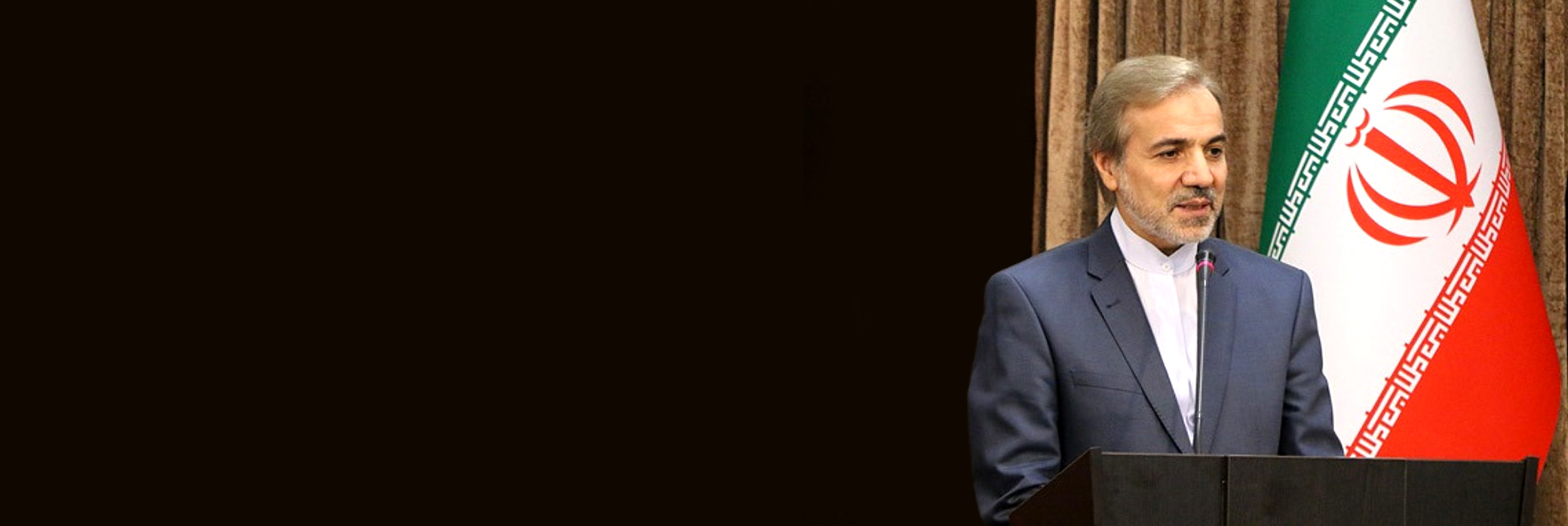The lion’s share of revenues earned from the removal of subsidies on fuel is spent on paying cash handouts to households, the government spokesman said.
“At least 50% of the revenues must be spent on cash subsidy payments, as stipulated in Article 7 of the Targeted Subsidy Reform law. About 30% must be allocated to production and the remaining 20% must go to the treasury,” Mohammad Baqer Nobakht, who also serves as the head of Planning and Budget Organization of Iran, was quoted as saying by Mehr News Agency.
“The year the so-called “Targeted Subsidy Reform” law took effect (March 2010-11), besides using the 50%, the government of former president Mahmoud Ahmadinejad also used the 30% pertaining to production and a fraction of treasury’s reserves to pay the cash handouts,” he added.
The controversial law was introduced by Ahmadinejad and passed into law by the parliament in January 2010.
As per the initial plan, heavy subsidies on food and fuel were removed and instead every Iranian was entitled to a monthly payment of 450,000 rials ($11.25).
“Around 500 trillion rials ($12.5 billion at market exchange rate) are earned from the rise in gasoline prices [every year], which now stand at 10,000 rials (25 cents) per liter for regular and 12,000 rials (30 cents) per liter for premium, and the sale of natural gas, electricity and petroleum products each year,” Nobakht said.
According to the law, 5% of gasoline earnings must go to renovation of pipes in the National Iranian Oil Company, around 70 trillion rials ($1.75 billion) must be spent on optimization of energy systems and about 10 trillion rials ($250 million) on production of bitumen and road construction, and 14.5% should go to oil production.
Nobakht said the whole sum would total 200 trillion rials ($5 billion).
“What remains is around 300 trillion rials ($7.5 billion), to which the government needs to add by borrowing from the treasury in order to pay the monthly handouts,” he said.
When oil began to take a beating from over two years ago, it became abundantly clear that paying the astronomical amount was all but unsustainable by the government of President Hassan Rouhani.
Even before the demise of the $110-a-barrel oil, after taking office in the summer of 2013, the government urged the people registering for the subsidy to declare their net worth and pleaded with those with enough monthly income to voluntarily refrain from registering for the monthly cash payment. However, only a small fraction of the recipients complied.
Soon after, state bodies said those with decent incomes who had insisted on receiving the monthly payment would have their assets and holdings investigated and will be removed from the subsidy list.
Back in April 2016, the parliament tasked the government with removing 24 million people from the cash list and use the money for creating jobs.
According to the Minister of Cooperatives, Labor and Social Welfare Ali Rabiei, the government had delisted over 2.1 million Iranians from the cash subsidy payment scheme as of August 2016.


